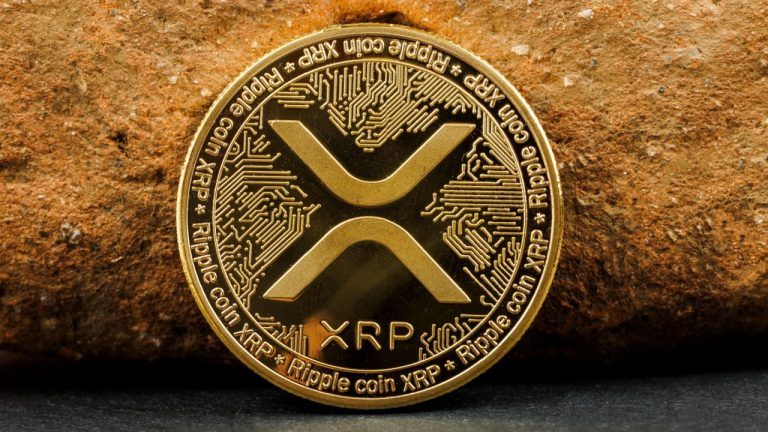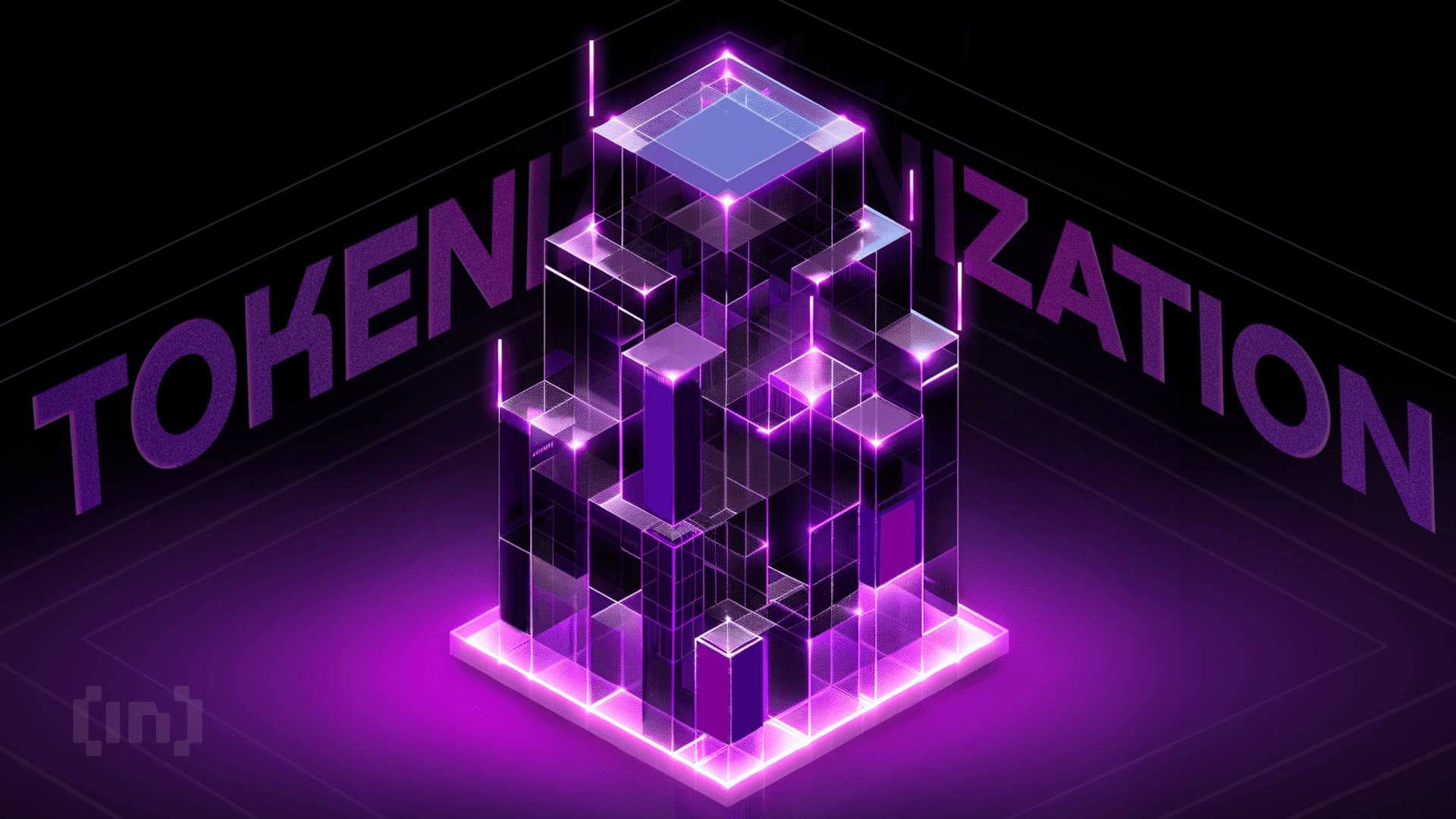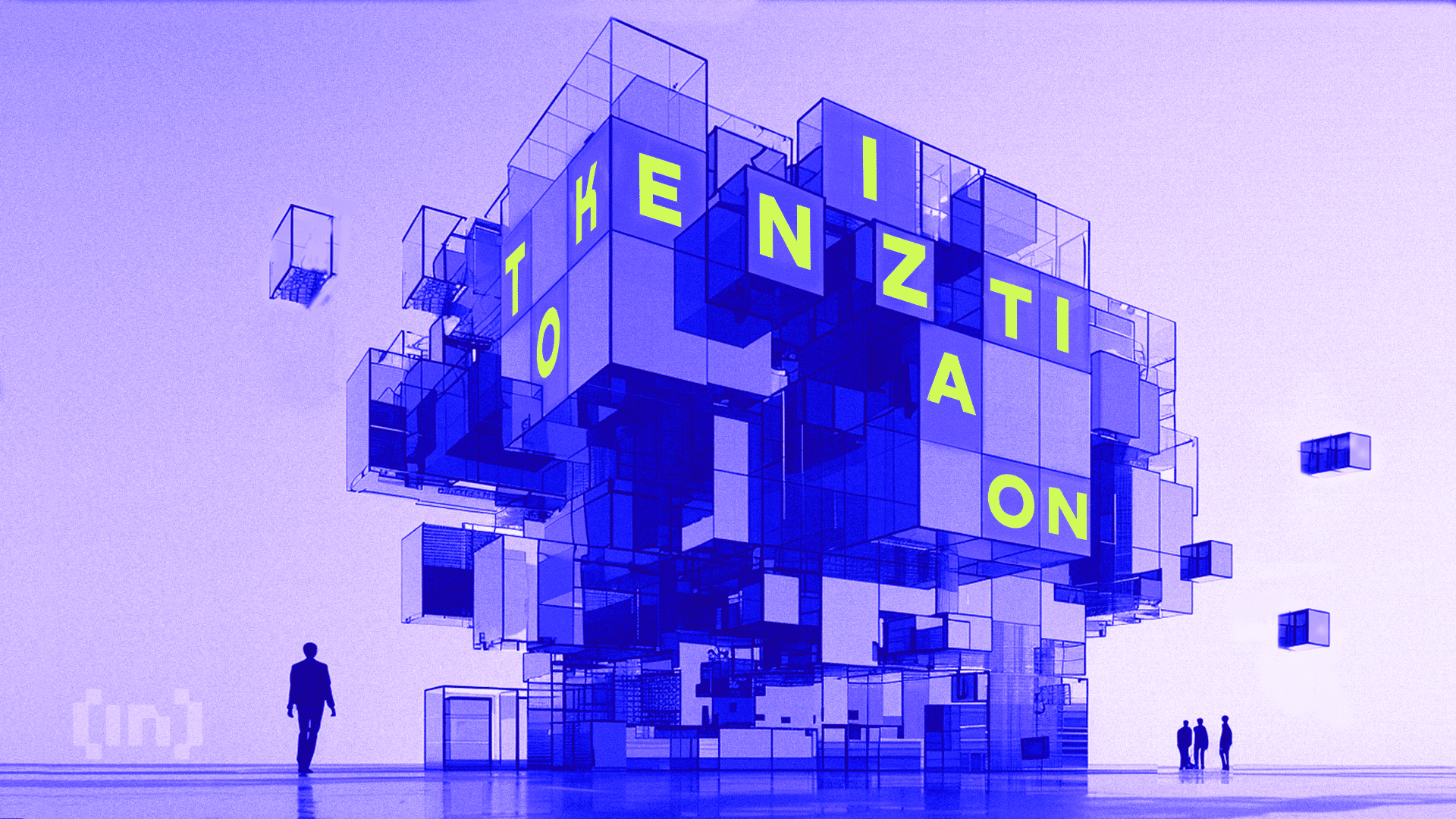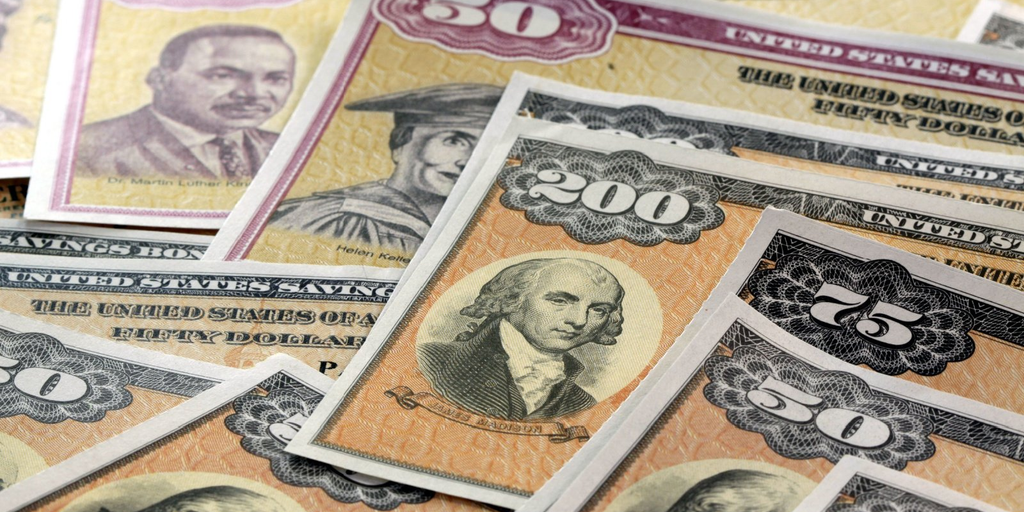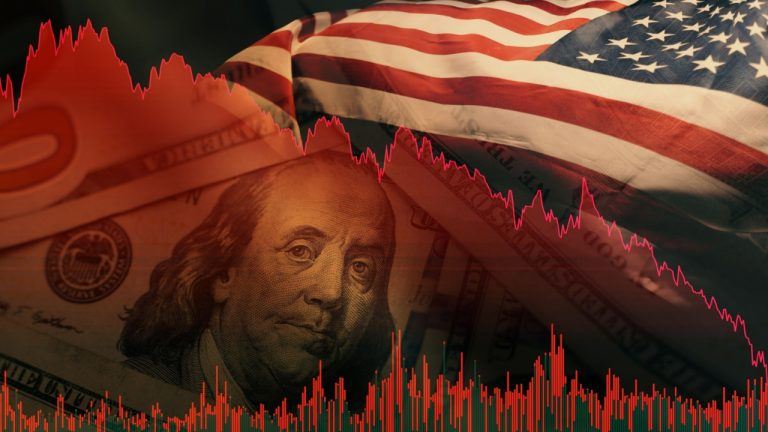
Ripple, BCG Project $18.9T Tokenized Asset Market by 2033
The market for tokenized financial instruments, or real-world assets (RWAs), could reach $18.9 trillion by 2033 as the technology’s growth is nearing a “tipping point,” according to a joint report on Monday by Boston Consulting Group (BCG) by payments-focused digital asset infrastructure firm Ripple.
That would mean an average 53% compound annual growth rate (CAGR), taking the middle ground between the report’s conservative scenario of $12 trillion in tokenized assets in the next eight years and a more optimistic $23.4 trillion projection.

Tokenization is the process of using blockchain rails to record ownership and move assets—securities, commodities, real estate. It’s a red-hot sector in crypto, with several global traditional financial firms pursuing tokenization to achieve efficiency gains, faster and cheaper settlements and around-the-clock transactions. JPMorgan’s Kinexys platform has already processed more than $1.5 trillion in tokenized transactions, with over $2 billion in daily volume. BlackRock’s tokenized U.S. dollar money market fund (BUIDL), issued with tokenization firm Securitize, nears $2 billion in assets under management and is increasingly being used in decentralized finance (DeFi).
“[The] technology is ready, regulation is evolving, and foundational use cases are in the market,” said Martijn Siebrand, Digital Assets Program Manager at ABN AMRO, in the report.
The report highlighted tokenized government bonds, U.S. Treasuries, as an early success, allowing corporate treasurers seamlessly shift idle cash into tokenized short-term government bonds from digital wallets without any intermediaries, managing liquidity in real time and around the clock.
Private credit is another sector drawing attention, opening access to traditionally opaque and illiquid markets while offering investors clearer pricing and fractional ownership. Similarly, carbon markets are flagged as fertile ground, where blockchain-based registries could enhance transparency and traceability of emissions credits.
Key challenges still linger
Despite the growth, the report identified five key barriers for broader adoption: fragmented infrastructure, limited interoperability across platforms, uneven regulatory progress, inconsistent custody frameworks, and lack of smart contract standardization. Most tokenized assets today settle in isolation, with off-chain cash legs limiting efficiency gains. Tokenized asset markets struggle to unlock secondary liquidity without shared delivery-versus-payment (DvP) standards.
Regulatory clarity varies significantly by region. Switzerland, the EU, Singapore, and the United Arab Emirates have developed comprehensive legal frameworks for tokenized securities and infrastructure, while major markets like India and China remain restrictive or undefined. This uneven progress complicates cross-border operations and forces firms to tailor infrastructure market-by-market.
Despite these headwinds, early adopters are expanding fast. The report identifies three phases of tokenization: low-risk adoption of familiar instruments like bonds and funds; expansion into complex products such as private credit and real estate; and full market transformation, including illiquid assets like infrastructure and private equity. Most firms are currently in the first or second phase, with scalability hinging on regulatory alignment and infrastructure maturity.
Tokenization can unlock meaningful savings for processes such as bond issuances, real estate fund tokenization and collateral management, driving further growth, the report noted.

Cost is becoming less of a constraint for firms, the report said. Focused tokenization projects can now launch for under $2 million, while end-to-end integrations—covering issuance, custody, compliance, and trading—can cost up to $100 million for large institutions.
However, without industry-wide coordinated action, the same silos and fragmentation tokenization seeks to eliminate could reemerge in digital form, said in the report Jorgen Ouaknine, global head of innovation and digital assets at Euroclear, a global financial market infrastructure provider.
Read more